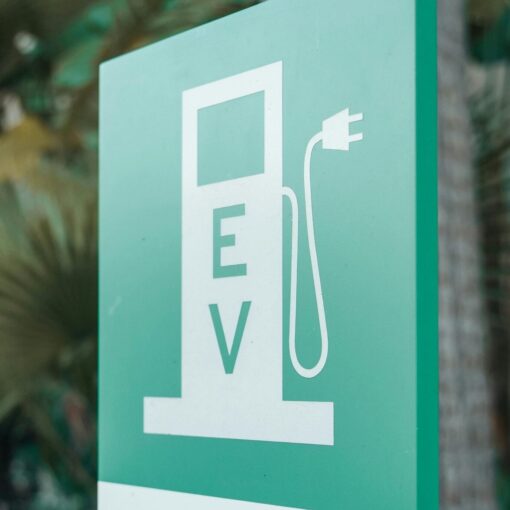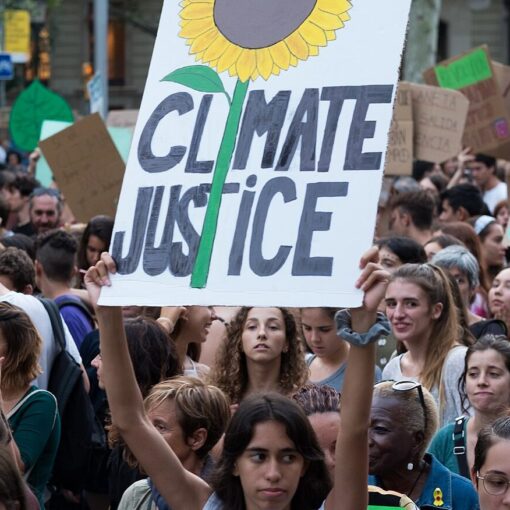By Jacob Elkin

This past year has seen significant developments in how we understand and address the risks facing workers in an era of extreme heat. Multiple reports, including the Environmental Protection Agency’s (EPA) Climate Change and Social Vulnerability in the United States, have highlighted the risk that extreme heat poses to worker health and labor productivity. Several states have followed in California’s footsteps in establishing regulatory safeguards to protect outdoor and indoor workers during heat waves. Legislation has been introduced in the Senate and House of Representatives calling attention to worker fatalities from extreme heat and seeking to erect statutory protections, and members of the Senate have written to the Department of Labor encouraging the agency to adopt heat protections modeled on that legislation. And finally, on Monday, September 20, 2021, the Biden administration announced a suite of initiatives to enhance workplace safety and address disproportionate heat impacts through the Occupational Safety and Health Administration (OSHA) and other agencies, including through the potential development of a workplace heat standard that has long been a goal of labor and climate advocates.
These are all positive developments in adapting to what has been the most lethal climate disaster of our time. Yet without proper attention, these initiatives risk leaving behind one large and often forgotten category of workers: the incarcerated. Per a 2014 report in the American Prospect, the United States prison system houses roughly 870,000 working inmates, which equates to about half of the population currently incarcerated in prison. 100% of federal prisoners are required to do some work. Many federal inmates work for UNICOR, a government corporation that operates 83 prison factories across the country; according to a DOJ Office of the Inspector General investigation, the “culture at UNICOR . . . did not sufficiently value worker safety and environmental protection.” State inmates likewise work for state-owned businesses and perform other, non-industry jobs. Both federal and state inmates earn far below the federal minimum wage, with inmates working for UNICOR earning between 23 cents to $1.15 per hour. These inmates perform an array of jobs that includes cooking, cleaning, laundry, maintenance, manufacturing, agriculture, construction, and firefighting.
As the Sabin Center documented in a 2015 report written by Daniel W. E. Holt, prison inmates—whether working or not—are particularly vulnerable to heat stress, and are thus most in need of strong occupational health and safety protections. Yet these 870,000 workers—roughly the same as the total number of workers in Vermont and Rhode Island combined—have historically been excluded from workplace safety protections through both formal and informal means.
58% of inmates in the United States reside in state facilities. OSHA has no jurisdiction to regulate these state entities, though some states have established protections for incarcerated workers. For federal prisons, OSHA guidance specifies that inmates may not be classified as employees under the Occupational Safety and Health Act, but that applicable safeguards should apply when “when inmates are required to perform work similar to that outside of prisons, e.g., farming, industries, machine operations, etc.” Yet even for those inmates performing applicable work, OSHA guidance limits meaningful inspection of workplace conditions. OSHA guidance prevents inmates from having employee representatives, requires prison administration to be contacted prior to inspection, allows facilities to refuse OSHA actions, disallows cameras during inspection, excludes inmates from safety discussions, and permits facilities to dismiss OSHA representatives at any time and complete the inspection themselves, among other limitations to meaningful inspection. Without substantial changes to this system of inspections, workplace heat protections may exclude a frequently invisible and uniquely vulnerable section of the American workforce.
In fact, the lack of attention paid to incarcerated workers already impacts the very data that agencies use in understanding the workplace risks of extreme heat. Many of the key sources of information pertaining to workplace risks, injuries, and fatalities are limited to “non-institutionalized” populations. For example, four of the six sources that provide data for the Center for Disease Control’s National Institute for Occupational Safety and Health’s (NIOSH) Worker Health Charts clearly announce that they are limited to non-institutionalized populations: NIOSH’s Behavioral Risk Factor Surveillance System, the Bureau of Labor Statistics, the National Health Interview Survey, and the National Health Interview Survey Occupational Health Supplement. The other two sources—the Adult Blood Lead Epidemiology & Surveillance (ABLES) and the Sentinel Event Notification System for Occupational Risk (SENSOR)—do not indicate whether they include incarcerated workers.
EPA recently released its landmark report on the relationship between climate change, social vulnerability, and labor, titled Climate Change and Social Vulnerability in the United States: A Focus on Six Impacts. The report highlighted the relationship between extreme temperature and labor and was cited in the Biden Administration’s announcement unveiling its government-wide approach to heat vulnerability. The report demonstrates that socially vulnerable groups, including people of color and low-income people, are likely to be most impacted by labor hour losses due to climate-driven increases in high-temperature days. Yet the reality may be even more stark than presented in the report. The report utilized American Time Use Survey data to calculate the percentages of all workers, weather-exposed workers, and workers in specific weather-exposed industries that have characteristics associated with social vulnerability. But the sample of workers included in the American Time Use Survey is “composed of the civilian, noninstitutional population residing in occupied households in the United States,” meaning that incarcerated workers were left out of the data undergirding EPA’s report. It is no secret that mass incarceration in the United States disproportionately impacts people of color, particularly Black people, along with low-income individuals. Thus, by excluding incarcerated workers performing heat-vulnerable jobs from its report, EPA may have undersold the disproportionate heat vulnerability of socially vulnerable workers. Of course, relevant data on incarcerated workers may simply not exist at this time: a 2016 literature review “revealed a complete dearth of research regarding the occupational health of inmates.”
The Biden administration should ensure that its plan to protect workers from heat hazards does not leave this category of workers behind. As part of the Biden administration’s intergovernmental approach to the issue, OSHA is now working to formalize a National Emphasis Program to target high-risk industries and focus OSHA resources and staff time on heat inspections. Within OSHA’s National Advisory Committee on Occupational Safety and Health (NACOSH), the agency is forming a Heat Illness Prevention Work Group to better understand the challenges and best practices in protecting workers from heat hazards. This Work Group will include members from a range of sectors and industries and will aim to provide diverse perspectives on issues pertaining to heat exposure in the workplace. OSHA can utilize this process to ensure that its heat exposure policies protect incarcerated workers to the maximum extent possible within the agency’s statutory jurisdiction. OSHA should also amend its guidance to better allow its representatives to inspect prison labor conditions for unsafe heat levels.
Expanded federal heat protections could also mitigate heat risks facing federal correctional officers—another group particularly impacted by extreme heat. As state employees, state correctional officers would be beyond the direct reach of OSHA regulation, though they would be protected by state-level extreme heat protections.
Given OSHA’s lack of jurisdiction over state prisons, any federal plan can only go so far to protect incarcerated workers. But as states continue to develop their own occupational heat protections, strong federal precedent for the protection of all workers could positively impact state developments.
Jacob Elkin is a Renewable Energy Legal Defense Initiative Fellow at the Sabin Center.





